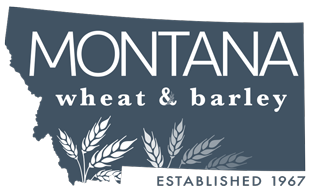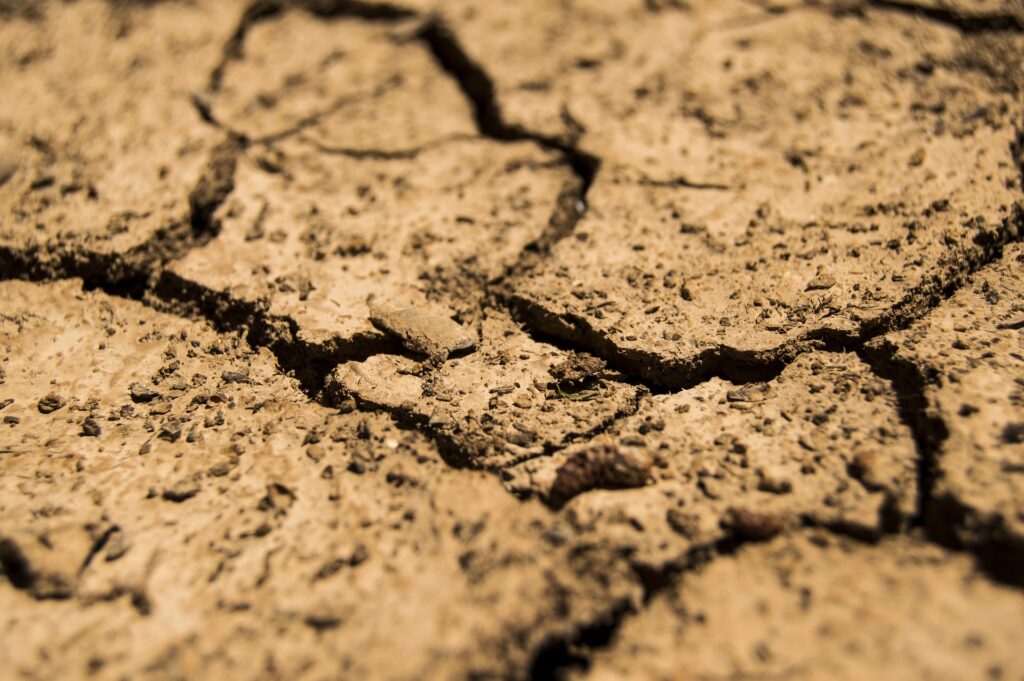Montana Growers Remain More Optimistic
Author: Kent Kupfner
Hard Red Winter (HRW) wheat acres make up the largest share of overall winter wheat acreage in the United States and crop condition ratings are reflecting the weather-related challenges in the Central and Southern Plains. HRW condition ratings are near historical lows for this time of year. Bellwether Kansas, the largest HRW producing state, shows 81% of the state in drought conditions. Unfortunately, it stands to reason that 61% of the crop is rated poor to very poor. Oklahoma has 53% of the crop in the worst two categories with 52% of the Texas HRW crop slotted as poor to very poor.
While most production areas of soft red and soft white winter are generally in better condition, it’s the majority of the HRW states where crops are suffering. Precipitation over most of western Kansas Nebraska, Texas and Oklahoma is substantially below normal. Kansas typically accounts for one quarter of US HRW production.
As the Southern Plains HRW crop conditions continue to deteriorate and the drought is unrelenting, the possibility of higher abandonment is quickly growing. Some of the crop never emerged and some stands are poorly established. Crop adjusters are already working overtime in areas of western Kansas.
While Mother Nature can still offer some respite from the Southern Plains drought that has persisted for years, historically crops rated this poorly in April tend to have yields that are below trend line. The weather forecasting business can be tricky, and forecasts can prove wrong. Weather forecasts have much of the US facing freezing temperatures over the next several weeks. Potentially adding to production woes, concerns are building that a freeze could damage HRW crops in Kansas, Oklahoma and northern Texas. Wheat is booting, heading and flowering in many of these areas. Most of the production risks are already well known and priced into the market, but freezing temperatures could prove detrimental to US wheat production and could lead to explosive markets. The weather scenarios can play out in many ways, and the latest forecasts must be monitored.
Closer to home in the Treasure State, the HRW crop is far less mature and faring better. Approximately 60% of the crop is breaking dormancy which is near average. While condition ratings are more difficult to pinpoint with certainty at this point in the crop cycle, 94% of Montana’s crops are rated fair to good. Soil moisture conditions are much improved from last year and even the 5-year average with 90% of topsoil and 80% of subsoil residing in the adequate to surplus column. This week’s welcomed precipitation over many of Montana’s HRW producing areas should lead to improved ratings in the weeks ahead. Some areas such as Great Falls and Lewistown received over an inch of precipitation, while other areas of state saw limited accumulations. Spring field work and planting has been delayed, but most producers across the state are happy to leave the tractors and seeders idle for a few more days. Concerns regarding the possibility of a compressed seeding season are in the background and Montana producers remain optimistic for the 2023 growing season.

